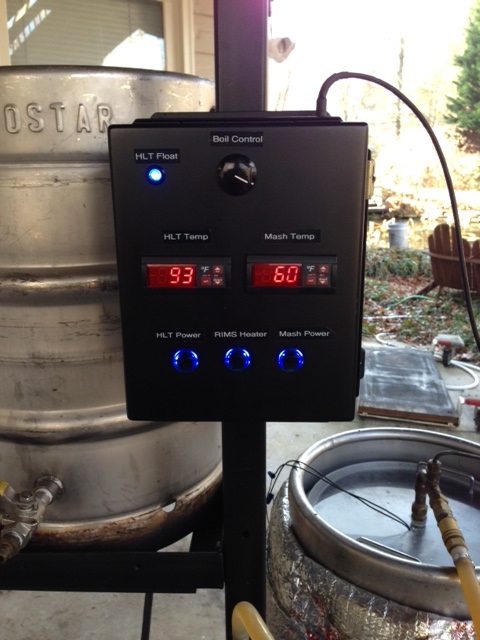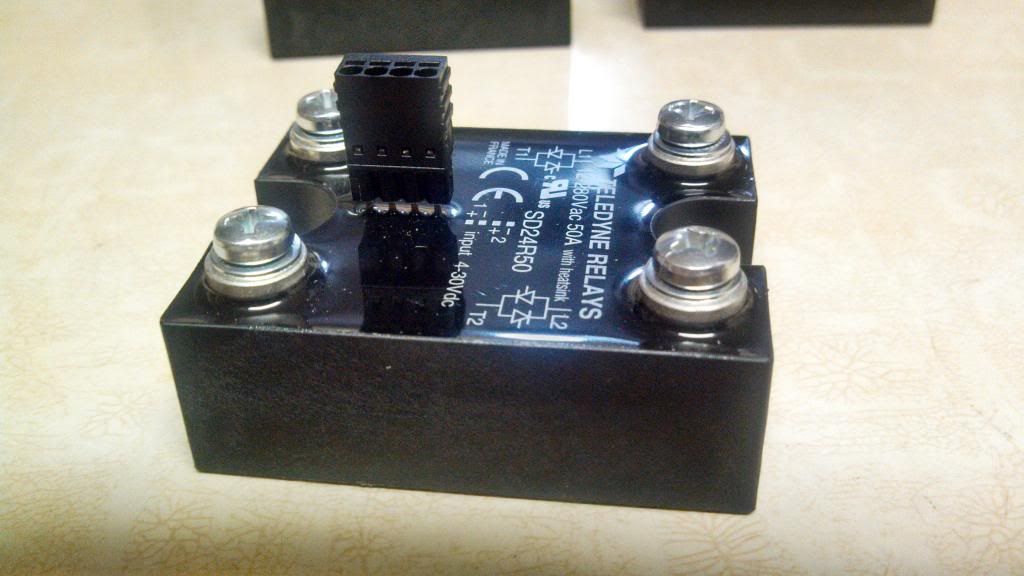Do you have any insight as to how the circuit and PCB compares to a "real" FOTEK?
A lot of "fake" electronics (non-SSR mind you) that I've seen go to the point of cloning the PCBs and putting in either factory seconds or cheap knock-off components. I wonder if the real FOTEKs are better designed or if they just use better components and assembly practices.
A lot of "fake" electronics (non-SSR mind you) that I've seen go to the point of cloning the PCBs and putting in either factory seconds or cheap knock-off components. I wonder if the real FOTEKs are better designed or if they just use better components and assembly practices.






